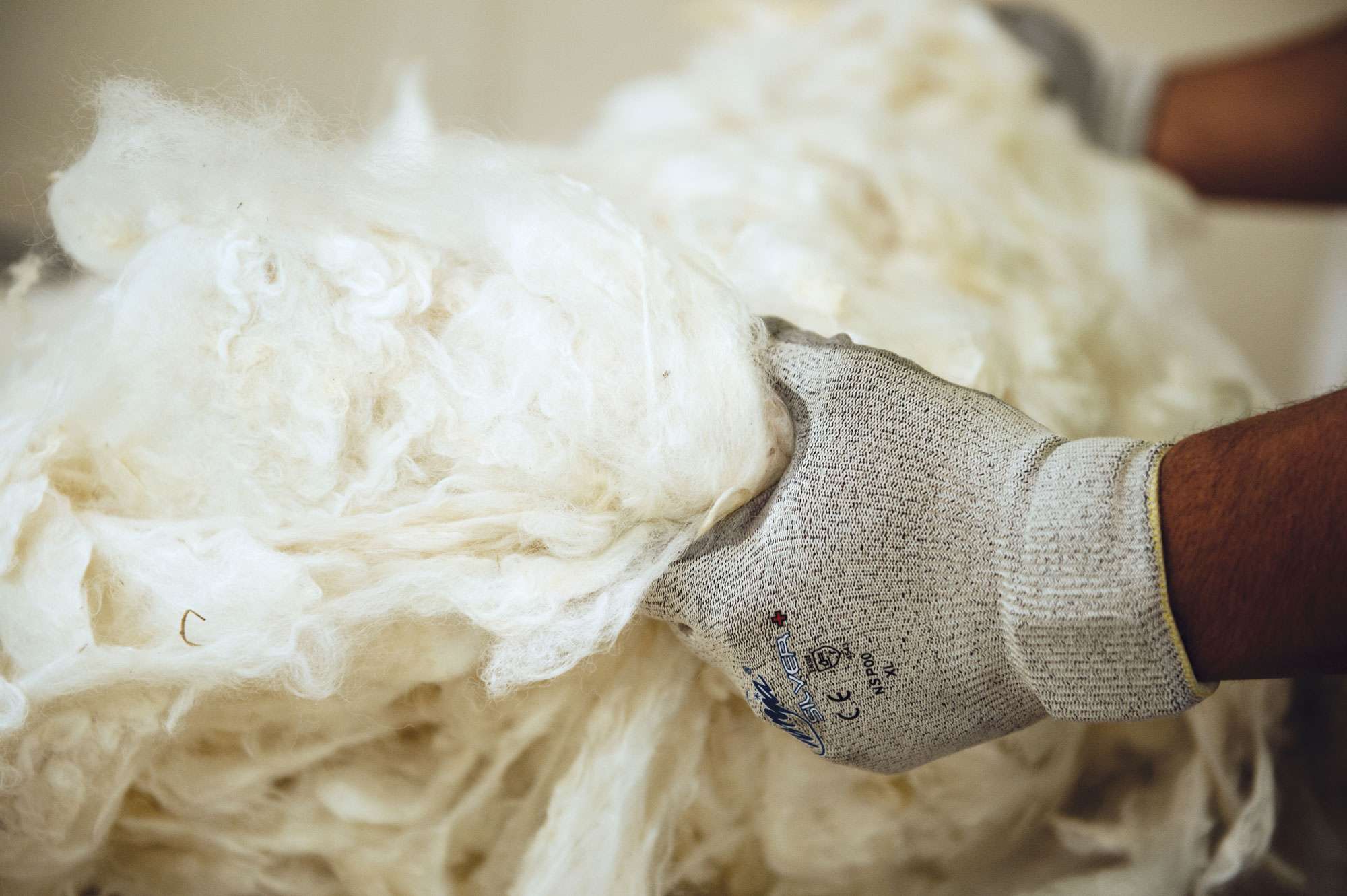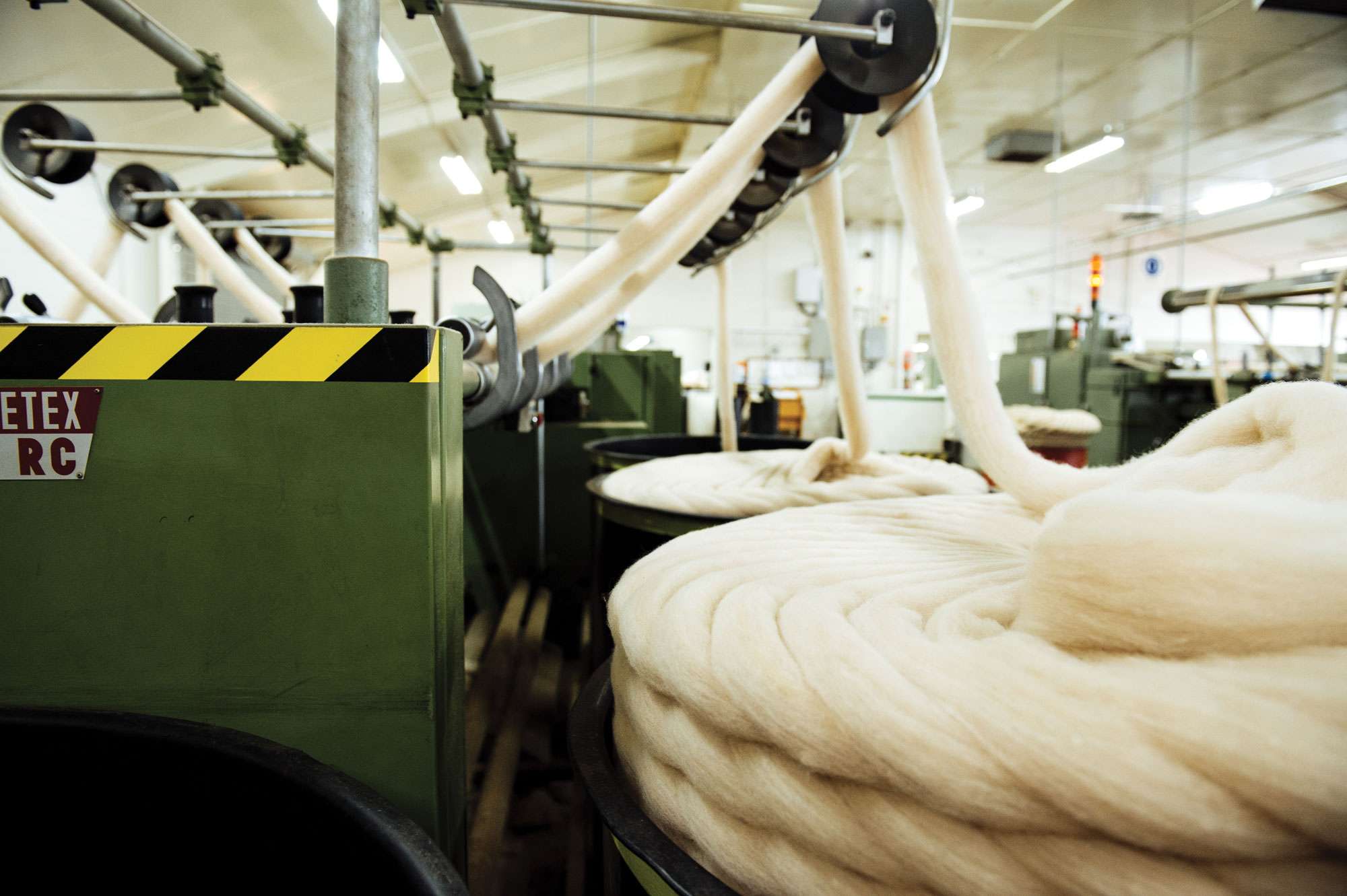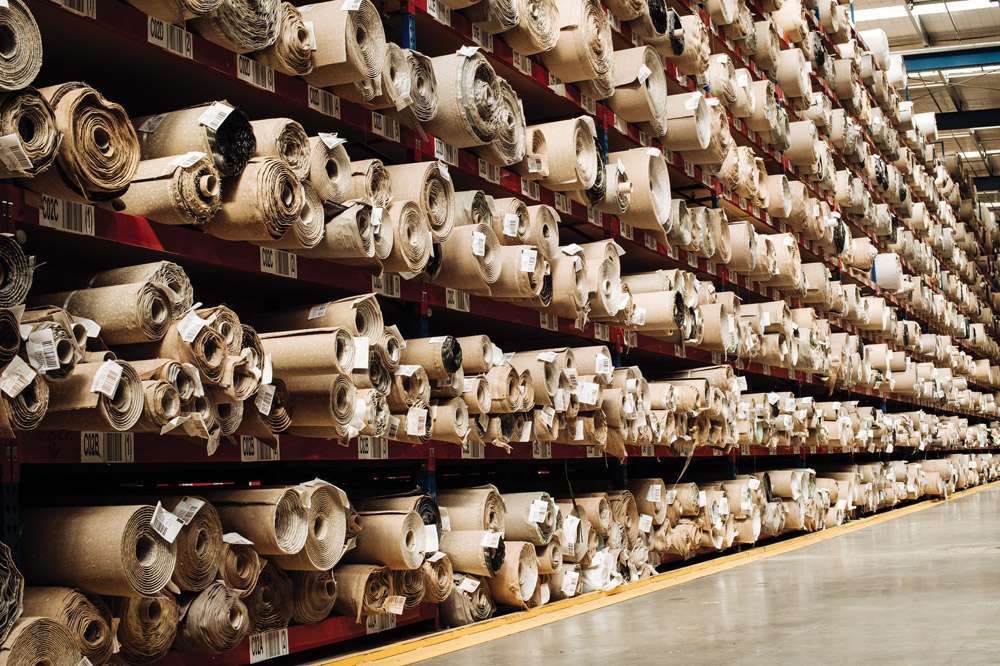Think your home is sorted for winter? Think again
Many New Zealand homes can be cold and damp. With winter upon us again and temperatures dropping all over New Zealand, homeowners are being reminded to consider efficient insulation and heating sources to make their homes warmer, drier, and healthier.
But some experts says that one of the best solutions to help make your home a cosy haven is wool carpet.
According to the Carpet Institute of Australia, 10-20% of heat escapes a room through the floor. A study conducted by AgResearch in 2016 found that wool carpet reduces heat loss through the floor and contributes to energy savings and overall good health.
Start your property search
The study found that using wool carpet resulted in heating energy savings of 8-13%. This percentage increased as pile height and overall carpet thickness increased. Interestingly, these savings were made without the use of underlay, which would further enhance thermal insulation performance.
Godfrey Hirst and Feltex Carpets marketing manager Bo Portugal says installing wool carpet could significantly improve the overall health of New Zealand homes.
"The beauty of wool carpet is that it's a natural fibre that keeps your home warm and breathable," he says. "All Kiwis want to live in a warm, dry, healthy home, and wool carpet helps you to achieve those goals."
Much like how merino clothing is regarded as superior in the outdoors, wool carpet offers similar benefits in the home. Wool owes its moisture absorption characteristics to its chemical building blocks, amino acids, which are hydrophilic. This means they attract and absorb water molecules. Wool has the capacity to remove large amounts (up to 35% of its own weight) of moisture from inside a room, before the fibre even begins to feel wet.

Scoured wool. Photo / Supplied.
"All the things you like about wool clothing, you will like about wool carpet," says Portugal. "In the same way that a woollen t-shirt draws moisture away from the skin and keeps you feeling fresh and dry, wool carpet helps to draw moisture out of the air inside the home, which is a major benefit if you live in a cold, damp home. If you wake up in the morning to your bedroom windows dripping with water, wool carpet's ability to absorb moisture can help reduce propensity for condensation within a room."
Godfrey Hirst and Feltex wool carpet is made right here in New Zealand, which Portugal says is important for both the local economy and New Zealand's unique climate and housing needs. With multiple manufacturing facilities throughout New Zealand, the business employs more than 400 New Zealanders.
Godfrey Hirst purchases New Zealand wool to make its wool carpets, which is then scoured (cleaned), made into carpet yarn in their Oamaru, Dannevirke and Lower Hutt spinning and dying mills; and tufted in their Auckland tufting plant. They then create high-quality carpet that is designed and manufactured locally, to reflect New Zealand's local conditions and interior trends.

Carded wool. Photo / Supplied.
"For consumers who are looking for a high quality, sustainably made New Zealand wool carpet we have all the options they need. Plus, thanks to our local manufacturing, we can get it to consumers a lot quicker than imported carpets."
Over the last 12 months, demand for wool carpet has increased significantly.
"The global supply chain faces a lot of challenges created by the COVID pandemic," says Portugal. "As a result, there has been a real push to 'buy local' and support New Zealand industries. Locally made carpet has seen an increase in demand as a result. The price point of lower quality, imported carpet has always been a reason why consumers might choose them over locally made carpet. But now the price of shipping is driving up the price of these imported carpets, making our locally made wool carpet more cost competitive."

Godfrey Hirst carpet manufacturing plant in Auckland. Photo / Supplied.
Rising property prices are also impacting demand for New Zealand wool carpet.
"As the price of property continues to rise, many people are deciding that renovating their existing home is a better option than trading up," says Portugal. "As a result, we're seeing a lot of renovations and refurbishment at the moment. Consumers are improving the property they currently have, so they're choosing to use higher quality products that come with excellent recommendations – and a Godfrey Hirst and Feltex wool carpet is one of them."
"We are also seeing hard flooring as a really strong interior trend in the living areas at the moment but this can increase noise levels and make the space feel less cosy," says Portugal. "Many New Zealand homes use heat pumps to keep their living spaces warm, but often their bedrooms are cold. Wool carpet in bedrooms performs really well because it helps to keep the warmth in during winter, it keeps the room cool during summer, and it's hypo-allergenic, which means those rooms where we want to be most comfortable are healthy for our families in the long-term too."
To find out more about New Zealand wool carpet, visit godfreyhirst.com.
















































































